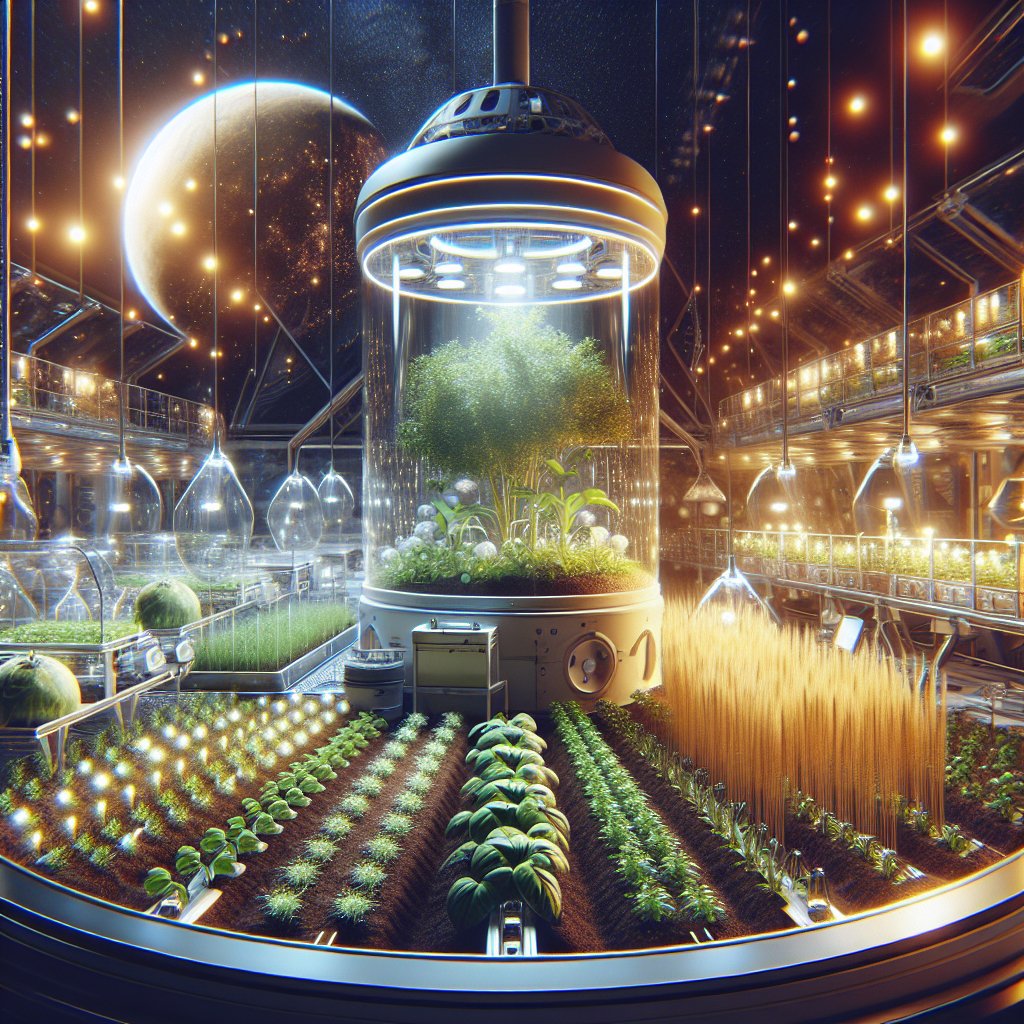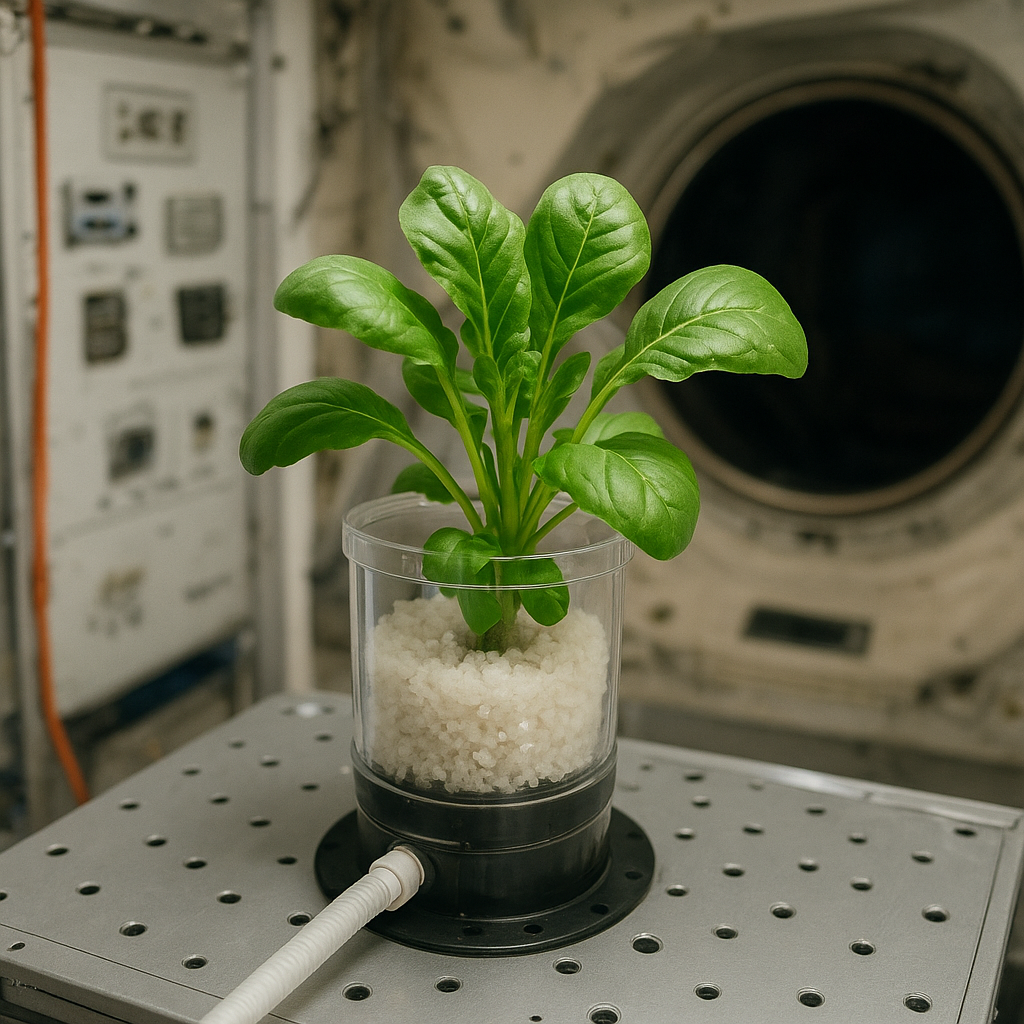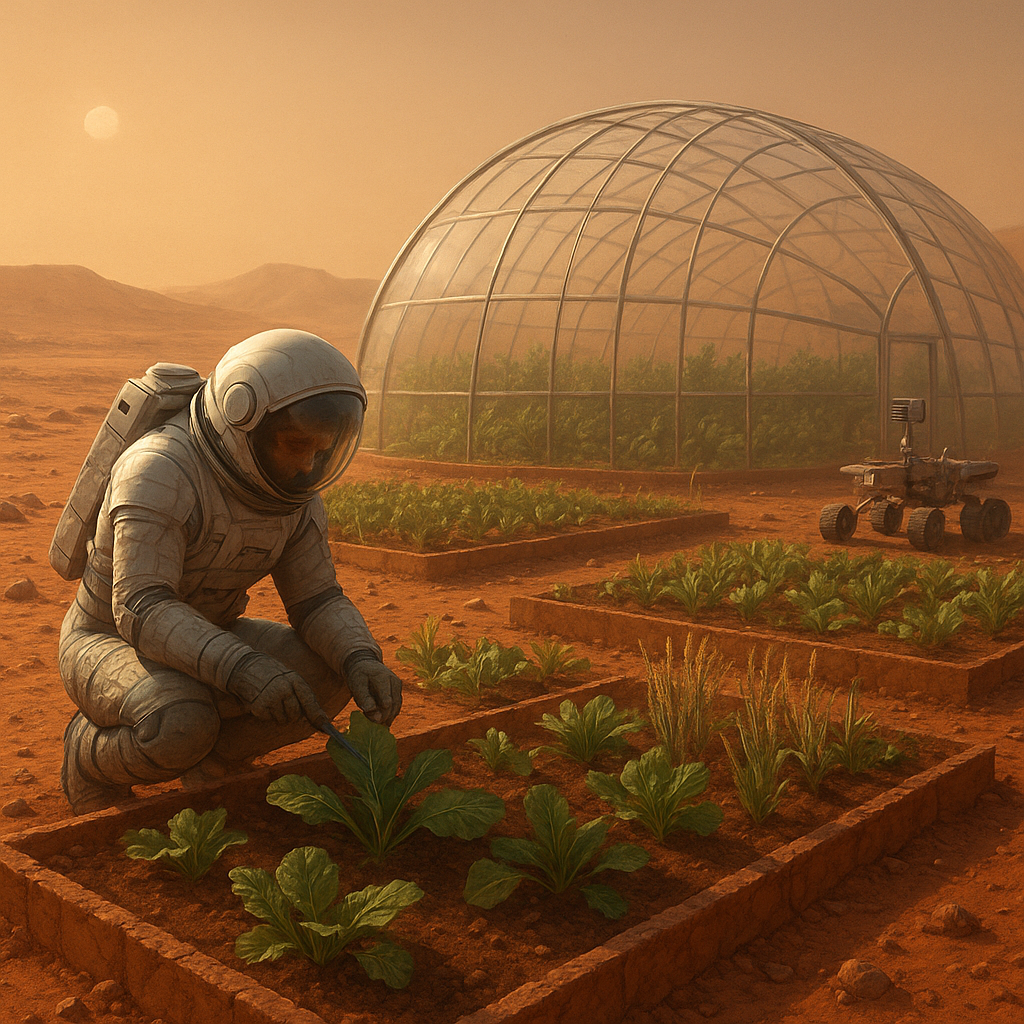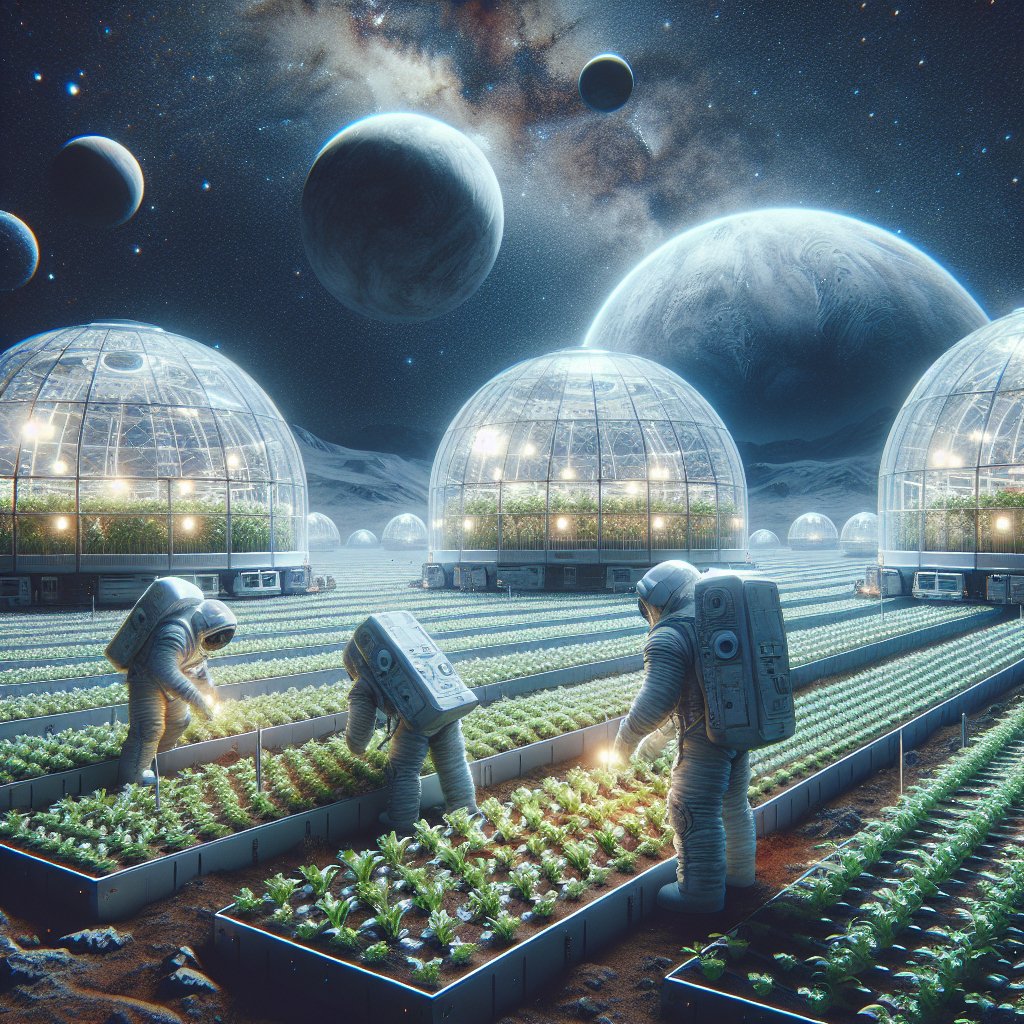Farming in space represents a groundbreaking intersection of agriculture and space exploration, where innovative techniques and technologies are being developed to sustain human life beyond Earth. As humanity sets its sights on long-term missions to the Moon, Mars, and beyond, the need for sustainable food production in extraterrestrial environments has never been more critical. This article delves into the challenges and advancements in space agriculture, exploring how interdisciplinary approaches can pave the way for successful farming in the cosmos.
The Challenges of Space Agriculture
Farming in space is fraught with unique challenges that differ significantly from traditional agriculture on Earth. These challenges stem from the harsh conditions of space, including microgravity, radiation exposure, and limited resources. Understanding these obstacles is essential for developing effective agricultural systems that can thrive in extraterrestrial environments.
Microgravity Effects on Plant Growth
One of the most significant challenges of farming in space is the microgravity environment. On Earth, gravity plays a crucial role in plant growth, influencing processes such as nutrient uptake, water movement, and root development. In microgravity, plants exhibit altered growth patterns, which can lead to stunted growth or abnormal morphology.
- Root Development: In microgravity, roots may not grow downward as they do on Earth, leading to difficulties in anchoring the plant and accessing nutrients.
- Water Distribution: The behavior of water in microgravity is different, making it challenging to ensure that plants receive adequate hydration.
- Light Exposure: Plants rely on light for photosynthesis, and in space, the distribution of light can be uneven, affecting growth rates.
Radiation Exposure
Space is filled with high levels of cosmic radiation, which poses a significant threat to both human health and plant growth. Radiation can damage plant DNA, leading to mutations and reduced viability. Developing protective measures for crops grown in space is essential to ensure their survival and productivity.
Resource Limitations
In space, resources such as water, soil, and nutrients are limited. Traditional farming methods that rely on vast amounts of land and resources are not feasible in extraterrestrial environments. Therefore, innovative solutions must be developed to recycle and conserve resources effectively.
Innovative Solutions for Space Farming
Despite the challenges, researchers and scientists are making significant strides in developing innovative solutions for farming in space. These solutions often involve interdisciplinary approaches that combine knowledge from various fields, including biology, engineering, and environmental science.
Hydroponics and Aeroponics
Hydroponics and aeroponics are two soilless farming techniques that have gained popularity in space agriculture. These methods allow plants to grow in nutrient-rich water or mist, reducing the need for soil and conserving water.
- Hydroponics: In hydroponic systems, plants are grown in a nutrient solution, allowing for precise control over nutrient delivery and water usage. This method has been successfully tested on the International Space Station (ISS).
- Aeroponics: Aeroponic systems mist the roots of plants with a nutrient solution, providing oxygen and nutrients while minimizing water usage. This method has shown promise for growing crops in microgravity.
Bioregenerative Life Support Systems
Bioregenerative life support systems (BLSS) are designed to create a closed-loop ecosystem that can support human life in space. These systems integrate plant growth with waste recycling, allowing for sustainable food production and air purification.
- Plant-Microbe Interactions: Research into the interactions between plants and beneficial microbes can enhance nutrient uptake and plant health, making BLSS more efficient.
- Waste Recycling: Organic waste produced by astronauts can be composted and used as fertilizer for crops, creating a sustainable cycle of resource use.
Genetic Engineering and Crop Selection
Advancements in genetic engineering and biotechnology are also playing a crucial role in space agriculture. By selecting or engineering crops that are more resilient to the stresses of space, researchers can improve the chances of successful harvests.
- Stress-Resistant Varieties: Developing crop varieties that can withstand radiation, microgravity, and limited resources is essential for successful space farming.
- Fast-Growing Crops: Selecting crops with shorter growth cycles can ensure a continuous food supply during long missions.
The Future of Farming in Space
The future of farming in space holds immense potential for advancing human exploration and habitation beyond Earth. As technology continues to evolve, the possibilities for sustainable agriculture in extraterrestrial environments expand.
Potential for Colonization
Successful farming in space is a critical component of long-term colonization efforts on other planets. As missions to Mars and the Moon become more feasible, establishing reliable food production systems will be essential for supporting human life.
- Self-Sufficiency: Developing agricultural systems that can operate independently of Earth will be crucial for sustaining human colonies on other planets.
- Resource Utilization: Utilizing local resources, such as Martian soil and water, for farming can reduce the need for resupply missions from Earth.
Inspiration for Earth Agriculture
Interestingly, the innovations developed for space agriculture may also have applications on Earth. Techniques such as hydroponics and aeroponics are already being used to address food security and resource limitations in urban environments.
- Urban Farming: As cities grow, space-efficient farming methods can help provide fresh produce to urban populations.
- Climate Resilience: Techniques developed for space can enhance the resilience of crops to climate change and resource scarcity on Earth.
Collaboration and Interdisciplinary Research
The success of farming in space relies on collaboration between various disciplines, including agriculture, engineering, biology, and environmental science. Interdisciplinary research will be essential for overcoming the challenges of space agriculture and developing innovative solutions.
- International Cooperation: Space exploration is a global endeavor, and collaboration between countries can lead to shared knowledge and resources for space farming.
- Public-Private Partnerships: Engaging private companies in space agriculture research can accelerate innovation and bring new technologies to the forefront.
Conclusion
Farming in space is not just a futuristic concept; it is a necessity for the survival of humanity as we venture beyond our home planet. By addressing the challenges of microgravity, radiation, and resource limitations through innovative solutions and interdisciplinary approaches, we can pave the way for sustainable agriculture in the cosmos. The advancements made in space farming will not only support human exploration of other planets but also inspire new agricultural practices on Earth, ultimately contributing to a more sustainable future for all.




